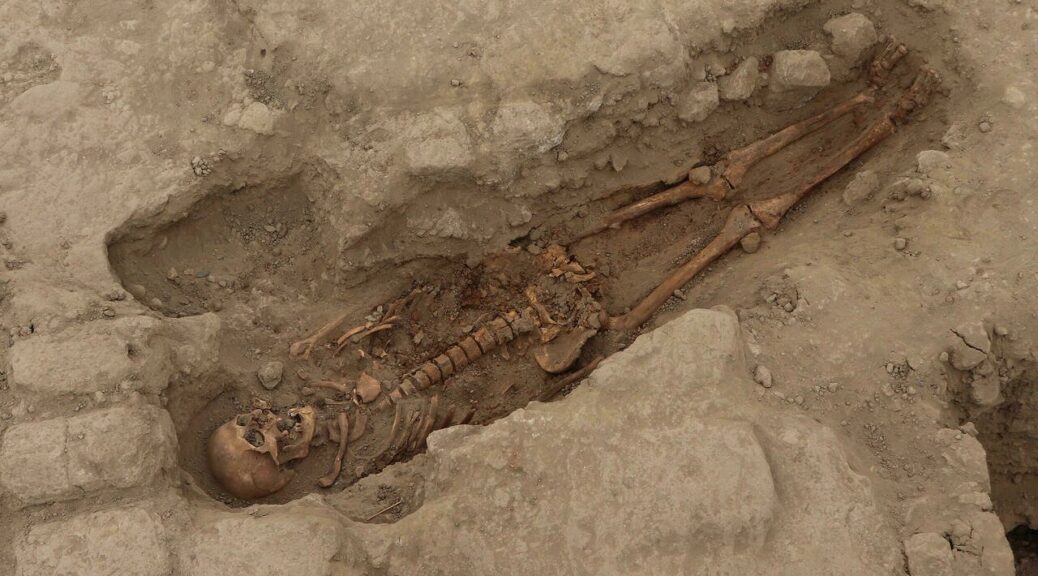The Discovery of ancient Peruvian burial tombs sheds new light on Wari culture
A team of archaeologists in northern Peru discovered the remains of 29 people, including three children, that could help experts rewrite the history of the pre-Incan Wari civilization, the lead researcher said on Friday.
The skeletons were buried more than 1,000 years ago in Huaca Santa Rosa de Pucala, an ancient ceremonial centre in the coastal region of Lambayeque, 750 kilometres to the north of Lima.
The burials of the three children and a teenager at the front of the temple indicated they were human sacrifices from the Wari culture, Edgar Bracamonte, the lead researcher, told AFP.

It is the first time a discovery linked to the Wari civilization has been made this far from their area of influence, said Bracamonte.
“These discoveries allow us to rethink the history of the Lambayeque region, especially the links to Wari and Mochica occupations in the area,” said Bracamonte.
The Wari culture flourished in the central Peruvian Andes from the seventh to 13th centuries.
The Huaca Santa Rosa de Pucala enclosure, in the form of the letter ‘D’, was built between 800 and 900 AD.
“We found a ceremonial temple with 29 human remains, 25 belonging to the Mohica era and four to the Wari culture,” said Bracamonte.
The Mochica, or Moche, culture developed from 100 to 700 AD on the northern Peruvian coast.
READ ALSO: THE MYTHICAL PERUVIAN GIANTS, WHOSE SKELETONS WERE SEEN BY CONQUISTADORS
The 25 Mochica remains were found in clay tombs and burial chambers in a temple. Researchers also found pieces of pottery and the remains of camelids—such as llamas and alpacas—and guinea pigs.
One of the most significant discoveries related to the Mochica culture was in 2006 with the unearthing of the fifth century Lady of Cao mummy, which showed the civilization included female leaders.
The 1987 discovery of another mummy, the third century Lord of Sipan, is considered by experts one of the most significant archaeological discoveries in the last few decades, as the main tomb was found intact and untouched by thieves.
